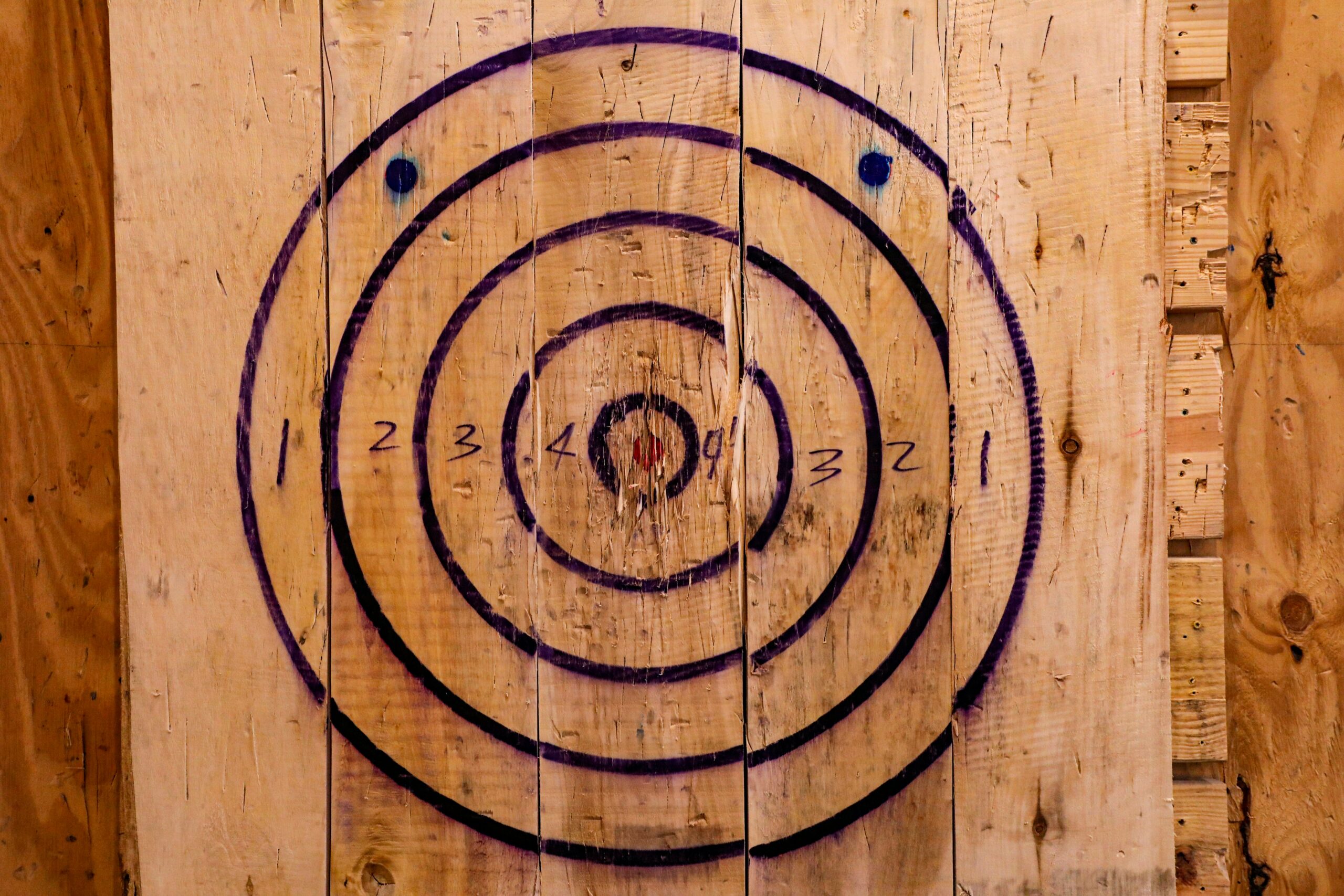Are you uncertain about the safety protocols for axe throwing? While this thrilling activity offers plenty of excitement, prioritizing axe-throwing safety is essential. This guide highlights key safety measures, from recognizing potential risks to understanding the importance of proper safety equipment and emergency response planning.
Following these guidelines will ensure a safe and enjoyable experience for everyone, whether you’re a participant or organizing an event. Learning these protocols will help you make informed decisions and enjoy axe-throwing adventures with confidence.
Key Takeaways
- Safety protocols are essential for preventing injuries at axe-throwing venues
- Staff training in safety practices helps create a secure environment for all participants
- Regular equipment inspections prevent accidents and enhance the overall experience
- Clear communication of safety rules is vital for participant awareness and compliance
- Comprehensive emergency plans ensure preparedness for unexpected incidents at venues
Introduction to Safety Protocols at Axe Throwing Venues
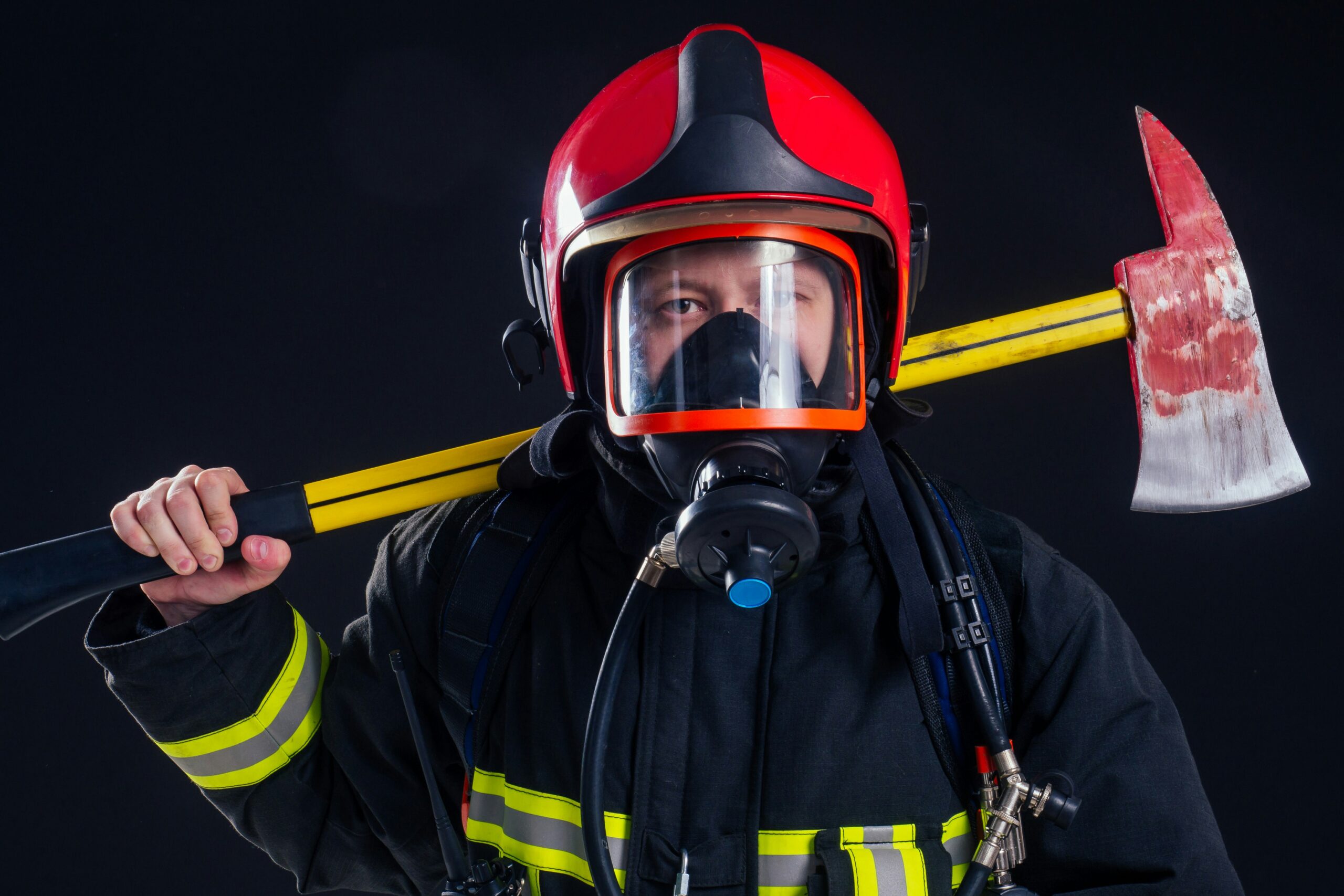
Safety protocols are crucial in axe-throwing venues to prevent injury and promote a secure environment. Understanding the industry safety standards, including those set by the World Axe Throwing League (WATL), is essential for effective risk management. Implementing comprehensive procedures, including a waiver and first aid access, benefits operators and participants.
The Importance of Rigorous Safety Measures
Rigorous safety measures are vital at axe-throwing venues to ensure customer satisfaction and protect everyone involved. By implementing guidelines that limit alcohol consumption, operators can maintain a balanced environment for their target audience, reducing potential hazards related to impaired judgment. Establishing clear protocols also aids in reputation management, as a venue known for safety will attract more visitors and foster confidence among patrons.
Understanding Industry Safety Standards
Understanding industry safety standards is essential for axe-throwing venues. These standards cover key areas such as proper axe rotation, skill levels required for different sessions, and tournament guidelines. Additionally, venues often provide training sessions, ensuring that even participants celebrating events like bachelor parties can enjoy the experience safely while enhancing their skills.
Benefits of Implementing Comprehensive Protocols
Implementing comprehensive safety protocols at axe-throwing venues is critical in minimizing hazards and ensuring a pleasant experience for all. These measures protect participants from potential risks, such as injuries related to sudden death or equipment failure, and also help build loyalty among visitors who appreciate a commitment to safety.
For example, established rules about proper axe handling and throwing techniques demonstrate a venue’s dedication to creating a secure environment, allowing patrons to enjoy their time without worrying about their safety or the safety of others.
- Establishing rules for axe handling and throwing techniques
- Minimizing risks related to potential injuries
- Building loyalty among repeat visitors
- Ensuring a safe environment fosters positive experiences
- Promoting clear communication about safety standards
Identifying Potential Risks in Axe-Throwing Activities
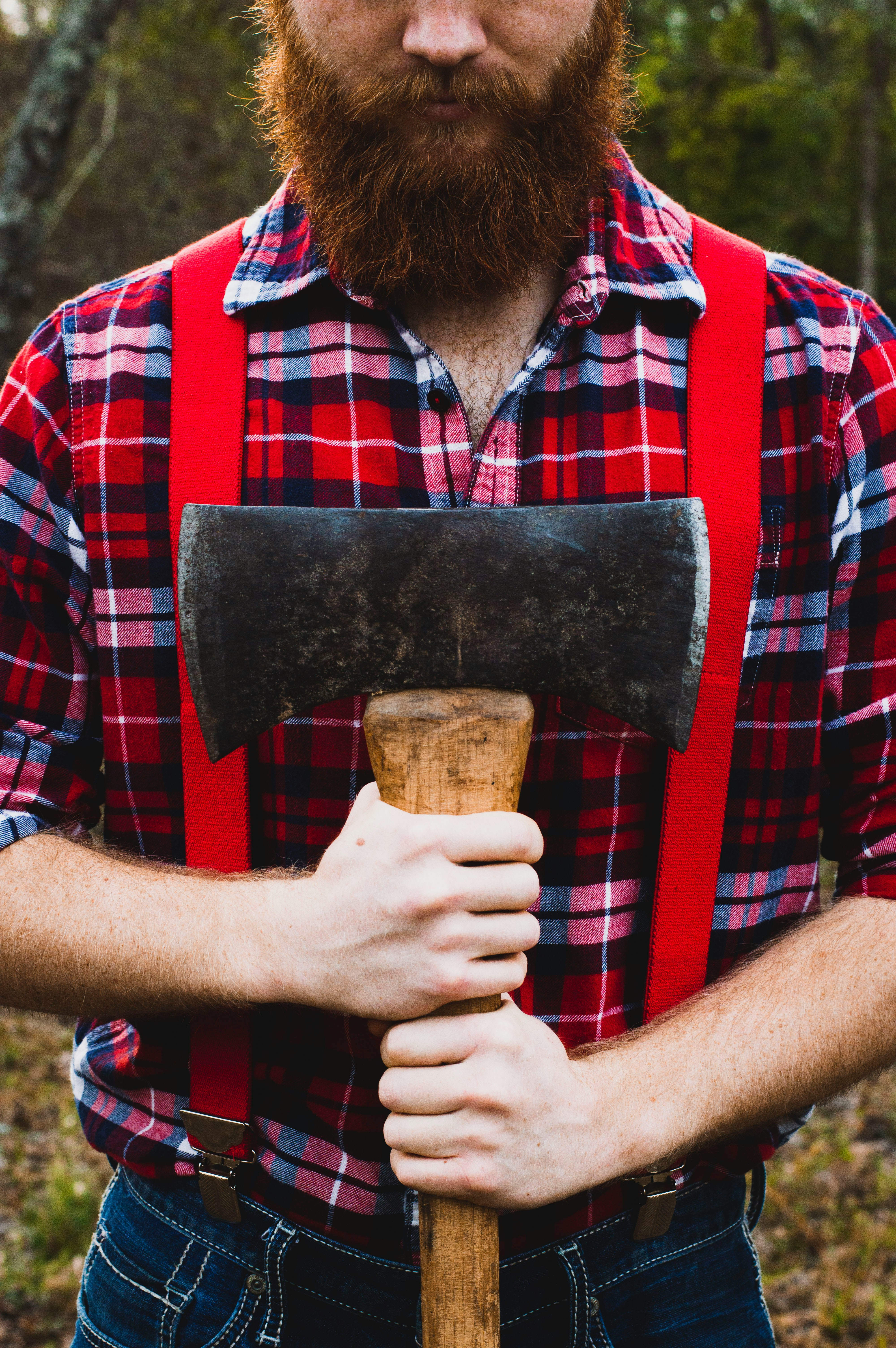
Axe-throwing venues face various risks that can affect safety and enjoyment. Common hazards include improper throwing techniques and distractions in the atmosphere. Addressing participant behavior and having a clear policy for emergency evacuation is essential for safety. Also, proper venue layout and regular equipment maintenance impact overall safety, providing a secure experience for all guests.
Common Hazards and Mitigation Strategies
Common hazards in axe-throwing activities mainly include improper throwing techniques and the use of gear that is not suited for the task. Participants might also be distracted by a party’s lively atmosphere, impacting their focus and safety.
To enhance the customer experience, venues should provide thorough training sessions to build knowledge about proper axe handling and reinforce safe behavior, ensuring everyone can enjoy the activity without unnecessary risks.
Participant Behavior and Safety Considerations
Participant behavior is key in maintaining safety at axe-throwing venues, especially during events like bachelor or bachelorette parties, where excitement can lead to distractions. Venues must enforce rules aligning with occupational safety and health standards to ensure every guest understands safe axe handling. By doing so, they can protect their reputation while providing an enjoyable environment that is compliant with guidelines from organizations like the World Axe Throwing League, which promotes safe sports practices.
Venue Layout and Structural Safety
Venue layout and structural safety are crucial in managing risks at axe-throwing venues. An effective layout ensures that customers have enough space to throw hatchets safely while minimizing distractions from other activities in the area. Having clearly defined throwing lanes, proper barriers, and soft landing areas can help prevent accidents and enhance the overall experience for participants.
- Ensure ample space between throwing lanes
- Create barriers to protect bystanders
- Implement soft landing areas for misthrown hatchets
- Minimize distractions from surrounding activities
- Regularly assess and maintain venue structure
Equipment Maintenance and Its Impact on Safety
Proper equipment maintenance is crucial for safety at axe-throwing venues. Regular checks on axes, targets, and other gear help identify wear and tear that could lead to accidents. For instance, ensuring that axes are sharp and free from damage prevents misthrows and injuries, allowing participants to enjoy their experience safely.
Crucial Safety Equipment and Gear
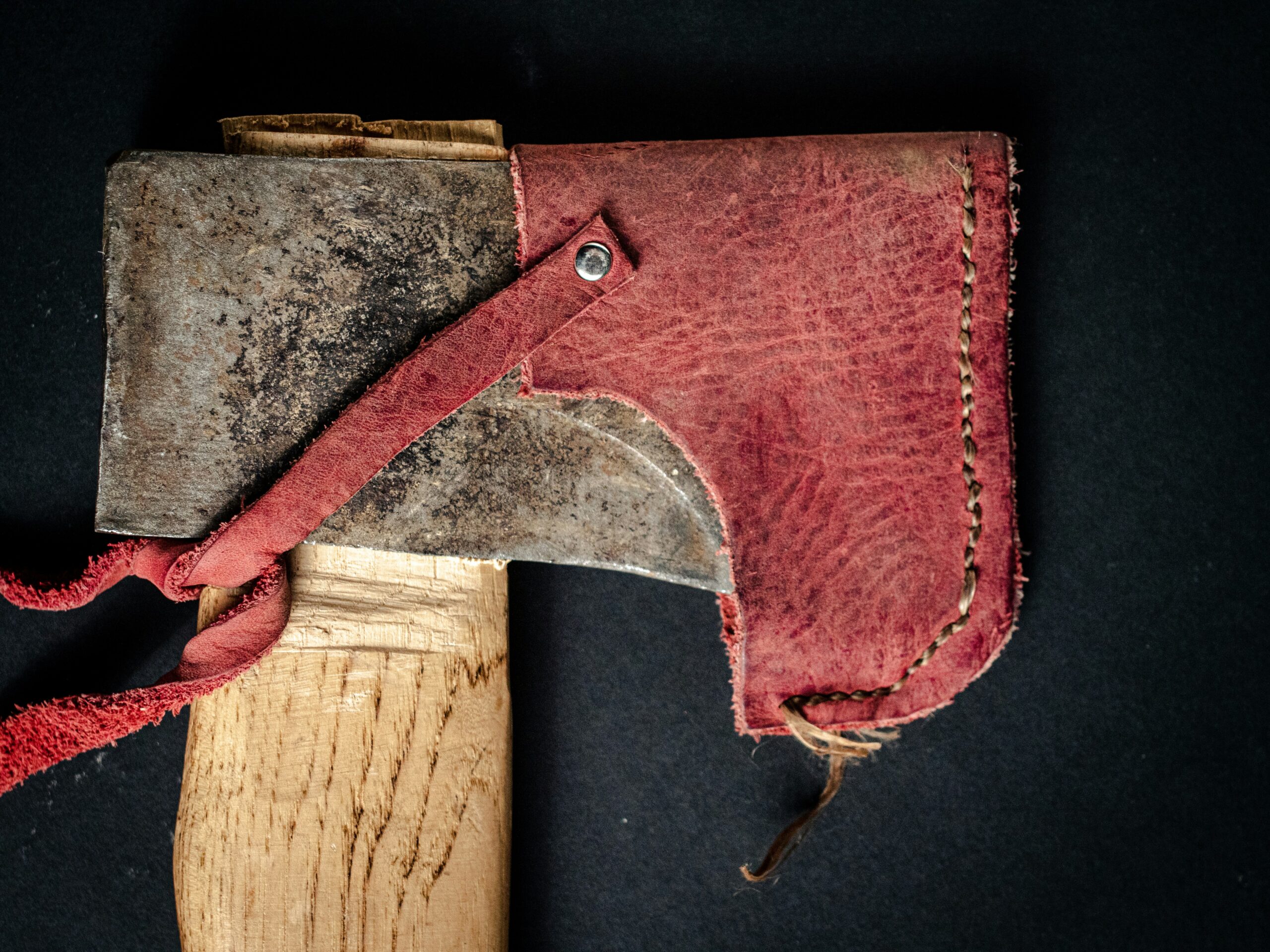
Effective safety equipment and gear are fundamental in axe-throwing venues. This section covers essential topics such as implementing protective barriers and lane dividers to ensure safe throwing zones.
It also highlights the importance of selecting and maintaining quality axes, recommendations for personal protective equipment, and regular inspection procedures for all gear to enhance participant safety and enjoyment.
Implementing Protective Barriers and Lane Dividers
Protective barriers and lane dividers are essential for safety in axe-throwing venues, as they create a clear boundary between participants and spectators. These barriers effectively reduce the risk of injuries from misthrown axes, allowing throwers to focus on their technique without distractions. By designing the space with well-placed dividers, such as netting or fencing, venues can promote a safer environment where everyone can enjoy the activity with peace of mind:
Selecting and Maintaining Quality Axes
Selecting and maintaining quality axes is essential for safety in axe-throwing venues. Well-crafted, balanced, and properly weighted axes provide better control, reducing the risk of accidents. Regular inspections are also crucial; checking for damage, ensuring sharpness, and replacing worn-out equipment help participants throw safely and enjoy their experience without worry.
Recommendations for Personal Protective Equipment
Recommending personal protective equipment (PPE) at axe-throwing venues helps ensure everyone stays safe while enjoying the activity. Participants should wear closed-toe shoes with sturdy soles to protect their feet from falling axes. Eye protection, such as safety glasses, is also important to shield against debris or accidents, providing an added layer of safety for all involved.
Regular Inspection Procedures for Equipment
Regular inspection of equipment is key to maintaining safety standards at axe-throwing venues. Staff should routinely check axes, targets, and protective gear to identify wear and tear. This proactive approach not only reduces the risk of accidents but also enhances the overall experience for participants, ensuring they can focus on enjoying the activity safely:
- Inspect axes for sharpness and damage
- Check targets for wear and stability
- Assess protective gear for effectiveness
- Schedule inspections regularly, such as before and after events
- Document inspection results to track equipment conditions
Developing Effective Safety Training for Patrons
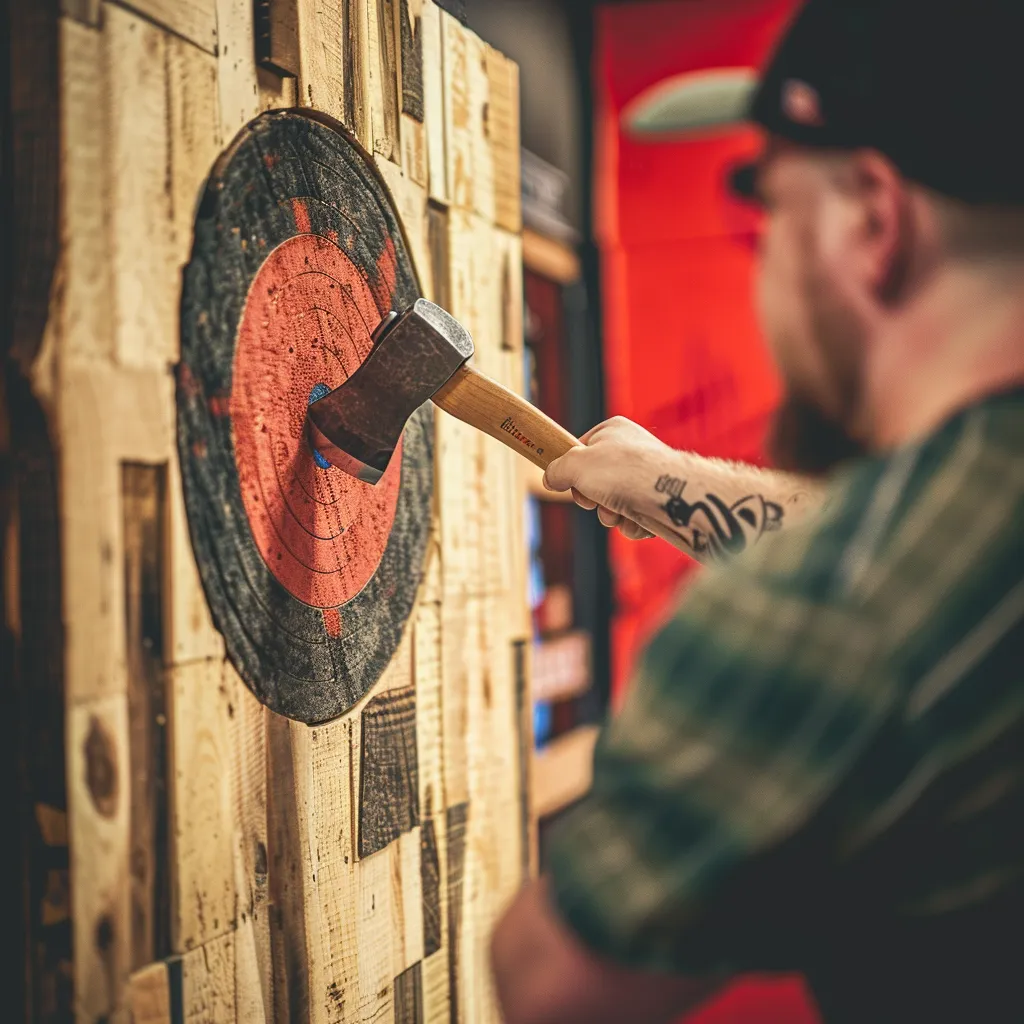
Effective safety training is pivotal at axe-throwing venues to ensure participants’ secure and enjoyable experiences. This includes crafting clear and concise safety briefings that outline expectations.
Proper throwing techniques, enforcing rules, and handling non-compliance are essential components. Additionally, utilizing signage to reinforce safety guidelines helps to keep patrons constantly aware of safe practices.
Crafting Clear and Concise Safety Briefings
Crafting clear and concise safety briefings is essential for successful axe-throwing venues. These briefings help participants understand the safety measures in place and the importance of following them. By using simple language and highlighting key rules, venues can ensure that patrons feel informed and confident about their experience:
Demonstrating Proper Throwing Techniques
Demonstrating proper throwing techniques ensures safety and enjoyment at axe-throwing venues. Instructors should highlight key aspects such as stance, grip, and follow-through, allowing participants to correctly understand how to throw axes. Clear demonstrations can prevent accidents and enhance the overall experience by building confidence in each participant’s ability.
Enforcing Rules and Handling Non-Compliance
Enforcing rules and handling non-compliance at axe-throwing venues is essential for maintaining safety. Staff should clearly communicate safety guidelines and remind participants regularly. When someone ignores the safety protocols, a polite but firm approach is necessary to reinforce the importance of compliance for everyone’s well-being and enjoyment, ensuring a positive experience for all guests.
Utilizing Signage to Reinforce Safety Guidelines
Utilizing signage is an effective way to reinforce safety guidelines at axe-throwing venues. Clear and visible signs help remind participants of important safety practices, ensuring everyone follows the rules. For example, straightforward messages about proper axe handling or designated throwing zones can enhance participant awareness, making the experience safer and more enjoyable for all involved.
Conclusion
A comprehensive guide to safety protocols at axe-throwing venues is essential for preventing injuries and ensuring a fun experience for all participants. By implementing rigorous safety measures, including training staff and establishing clear rules, venues can create a secure environment that fosters customer loyalty. Regular maintenance of equipment and thorough participant education further enhance safety and enjoyment. Emphasizing these protocols protects patrons and reinforces the venue’s commitment to a safe and memorable experience.

